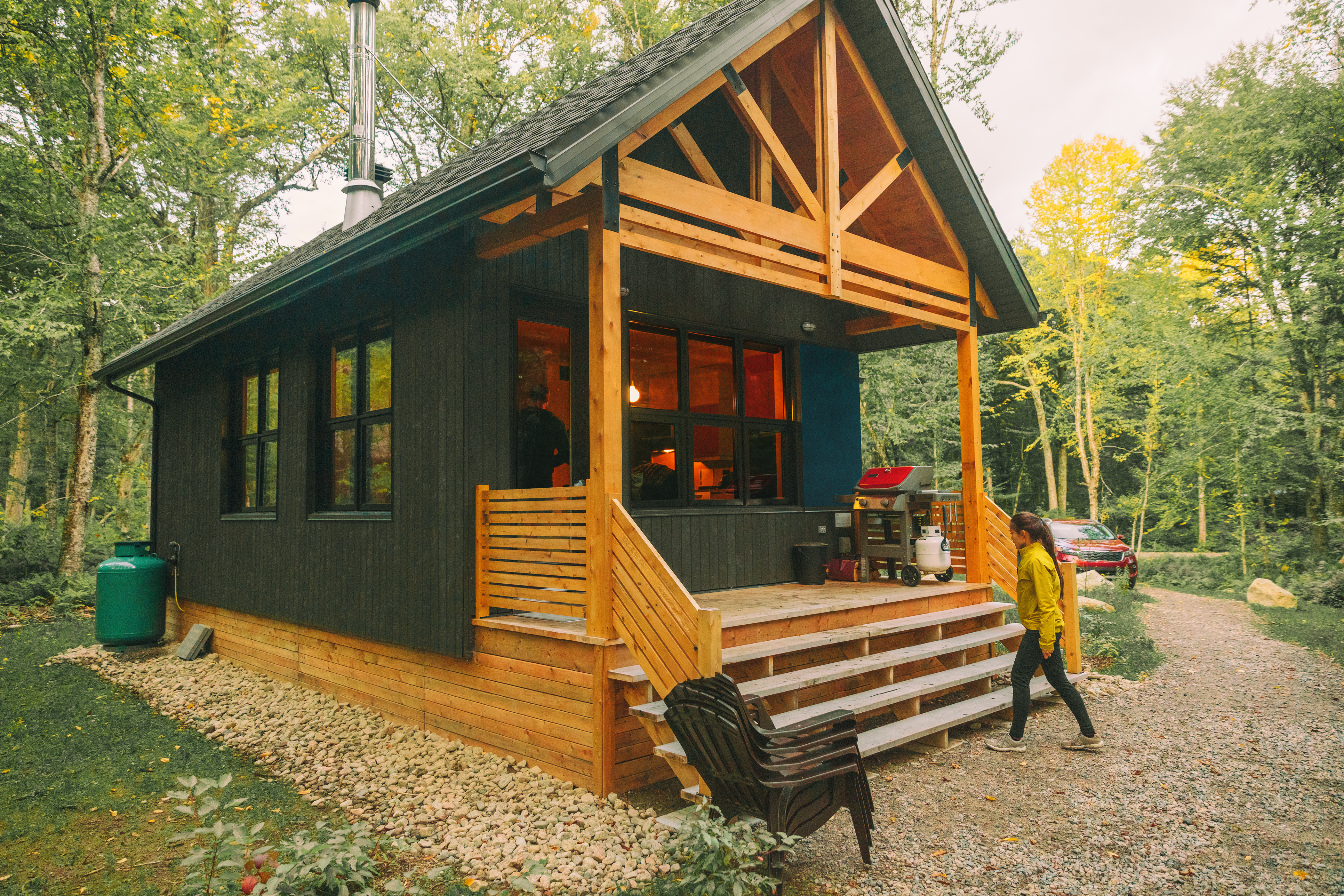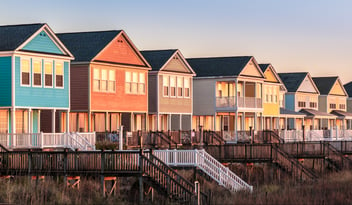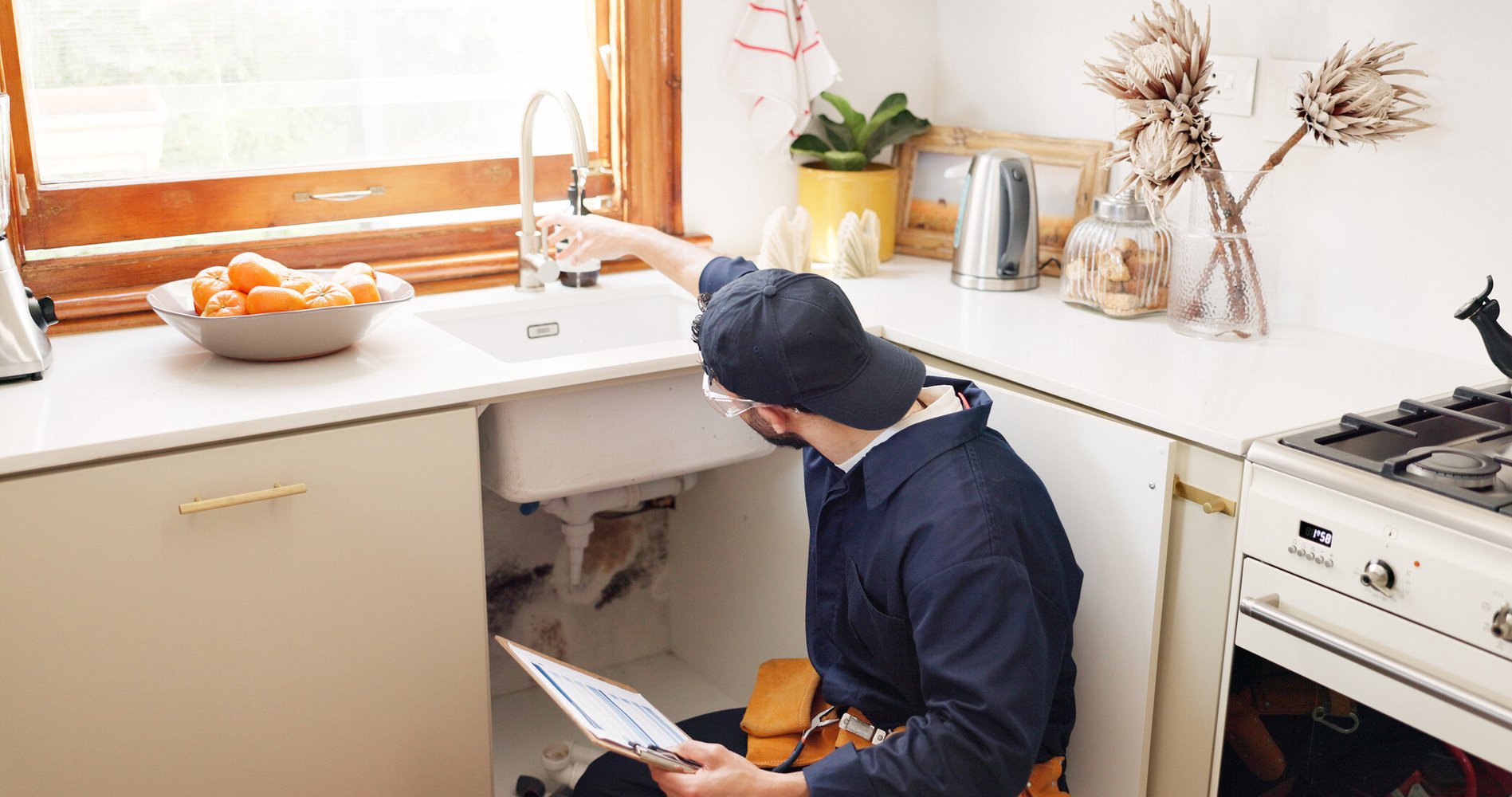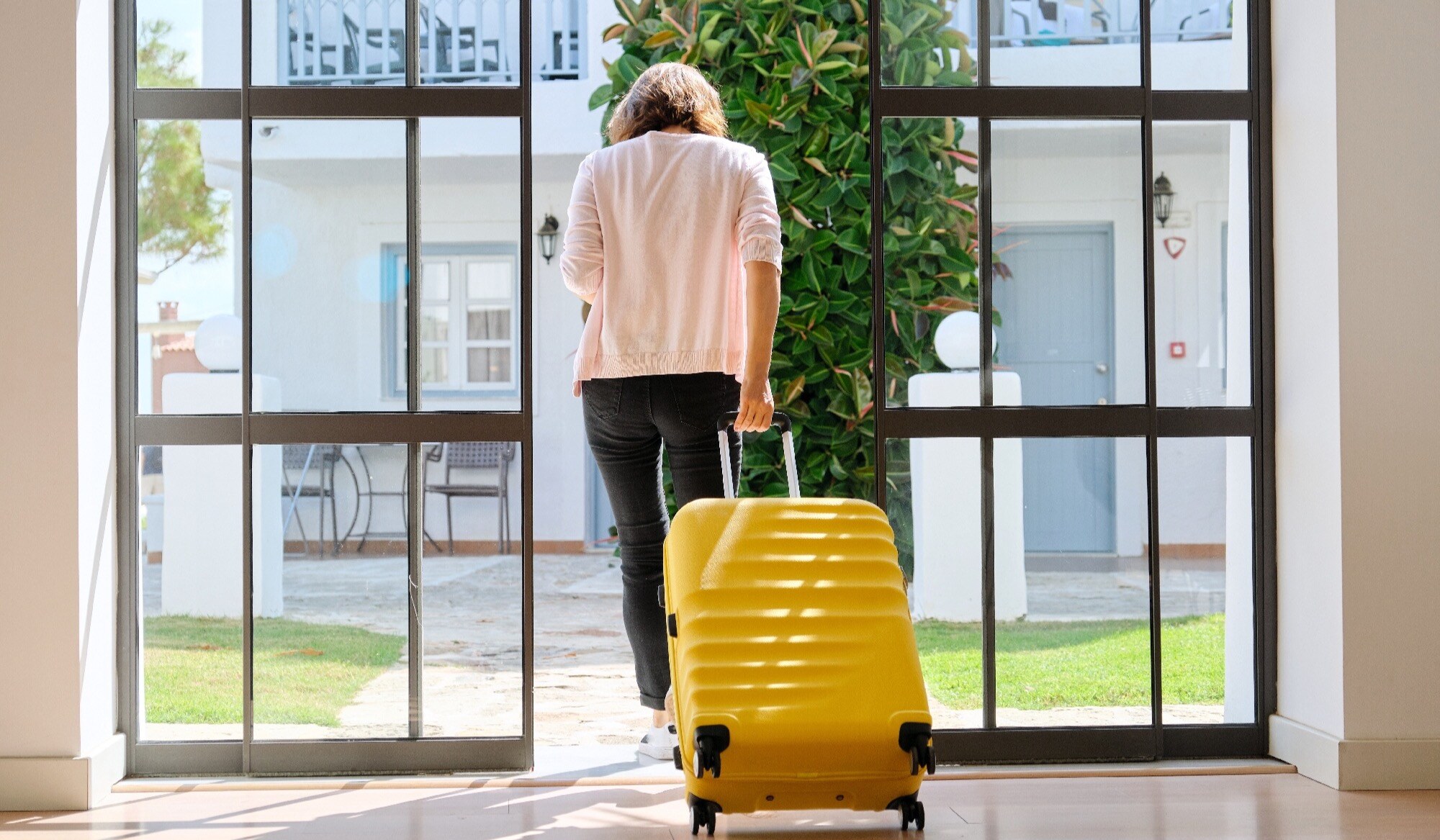
- ...
- Blog
- The 5 moves STR operators should make now: Insights from Hostaway’s Summer Snapshot 2025
The 5 moves STR operators should make now: Insights from Hostaway’s Summer Snapshot 2025

If you’re looking for a signal in a noisy year, Hostaway’s Summer Snapshot Report 2025 offers a clear read on vacation rental trends and where to focus next. Surveying 320 short-term rental property owners and managers between September 12 and 28, 2025, the report shows modest but meaningful performance gains, an operations crunch centered on maintenance and an unmistakable shift toward AI-powered workflows.
Here are five takeaways, and the concrete moves operators can make now to turn the findings into results.
1. Performance edged up — so defend your gains with smarter demand capture
Around 40% of respondents reported increases in both occupancy rate (OR) and average daily rate (ADR) versus summer 2024. Over one-third (37.5%) generated more direct bookings year over year, and 35% improved their average guest rating. That’s a healthy signal amid uneven macro conditions, but it’s not a blanket tide that lifted all boats.
What to do now:
Tighten your demand mix: If direct booking is gaining, make it intentional. Clarify which markets, stay lengths and seasons you expect direct booking to win, then align offers (e.g., loyalty pricing, flexible policies and value-adds like early check-in for repeat guests). Use tracking codes to quantify which channels efficiently create bookers, not just inquiries.
Convert the middle of the funnel: Audit your direct booking website for friction. Aim for sub-3-second load times, mobile-forward design and fewer form fields. Deploy structured FAQs that address the top five pre-booking objections (parking, Wi-Fi speed, A/C, cancellations, pet rules).
Pace-aware rate management: Blend dynamic pricing with your own pace targets. When pickup is slow, discount surgically around high-intent dates and maintain rate fences for premium inventory so you protect ADR while moving shoulder-night demand.
2. Maintenance is the new competitive battleground — treat it as a revenue lever
Forty percent of vacation rental operators flagged property maintenance as a top challenge this summer, and “property condition and cleanliness” was the most common guest complaint. In other words, the operational backbone is where many reviews, and rebookings, are won or lost.
What to do now:
Shift from reactive to preventative: Establish a quarterly preventative maintenance (PM) cadence for HVAC, appliances, safety devices, and exterior elements, and schedule maintenance tasks automatically in Breezeway. Convert recurring PM into templated checklists and set service-level agreements (SLAs) for completion before peak periods.
Turnovers with verification, not inference: Move beyond “cleaned” as a binary step. Use Breezeway checklists to require photo proof for key tasks (linens, bathrooms, kitchen surfaces, outdoor areas), plus a final quality control (QC) pass focused on guest-visible details: scuffs on walls, burnt-out bulbs, thermostat set points, pool condition, etc.
Close the loop between maintenance and reviews: Tag maintenance-related issues in your incident logs and tie them to guest review outcomes. If condition-related issues correlate with 4-star (vs. 5-star) stays, quantify the ADR and occupancy impact to justify additional staffing, spares or vendor retainer capacity.
Stock what breaks: Track mean time between failure for high-use items (remotes, kettles, towels, pillows, smoke detectors) and hold on-hand inventory accordingly. A $25 spare part carried on a housekeeping cart can protect a $500 weekend and a 5-star rating.

3. Macro pressures are biting harder than local rules — build cost resilience and demand diversity
The survey shows a nuanced regulatory picture: 40% of short-term rental property managers and owners reported no regulatory impact this year. By contrast, macro pressures such as inflation and travel restrictions had an outsized effect, with 40% calling the impact “big” or “severe.” That shift calls for operator playbooks that hedge costs and smooth revenue.
What to do now:
Variable cost discipline: Treat cleaning, linens and consumables as controllable cost centers. Standardize stock-keeping units (SKUs), order on a predictable cadence to capture volume discounts and use par-level triggers to avoid last-minute, high-cost runs.
Workforce flexibility: Cross-train cleaners as light-maintenance techs and build a vetted vendor bench for specialty trades. Publish a clear escalation path (onsite team → local vendor → regional backup) so urgent issues don’t turn into complimentary nights.
Revenue diversity beyond nightly stays: Introduce mid-term options for shoulder seasons, corporate housing partnerships in urban markets and structured upsells (pet fees with amenities, early/late check-in, equipment rentals). Treat ancillary revenue as a line item in your budget, not “found money.”
Scenario planning: Build three profit-and-loss (P&L) cases (base, downside, upside) with explicit assumptions for ADR, OR and staffing rates. Update monthly with actuals and re-cut your cost plan when variances exceed 5%.
4. AI crossed the chasm — prioritize the few use cases that measurably move revenue and ops
AI adoption jumped from roughly 60% in 2024 to 84% in 2025. It was the single most-reported change year over year. Meanwhile, the broader tech stack remains anchored by PMS/channel management, with dynamic pricing (62%), home automation (46%) and accounting (42%) among the most used tools. The risk now isn’t missing AI altogether; it’s spreading it too thin.
What to do now:
Start where latency hurts guests: Put AI to work on first-response guest messaging with human-in-the-loop escalation. Define response SLAs (e.g., under one minute for FAQs) and measure resolution rates, customer satisfaction score (CSAT) and the reduction in after-hours burden on staff.
Make pricing smarter, not just faster: Pair dynamic pricing with AI-assisted competitive set monitoring and event detection. Use guardrails for minimum length of stay (LOS), gap-night fills and max discounts, and review weekly to ensure the model isn’t eroding premium nights.
Automate work routing, not accountability: Use AI tools like Breezeway's Intelligent Messaging to classify issues from messages and inspections into standardized work orders with due dates and checklists. Keep human ownership explicit, AI should accelerate triage, not obscure responsibility.
Govern your data: Document what models can access (personally identifiable information (PII) of guests, door codes, payment details), where data is stored and how outputs are audited. A lightweight policy and monthly review protect guest trust and brand equity while you scale automation.

5. Operators are cautiously optimistic — position now for 2026 event demand
Confidence is holding up: 61% of respondents feel confident about the next 12 months, and 54.5% expect OR and ADR to rise. Many cited upcoming events, such as the FIFA World Cup 2026, along with optimization gains and property strengths as drivers of that optimism. The operators who will outperform won’t wait until spring to prepare.
What to do now:
Map event calendars to inventory strategy: Identify relevant 2026 events within your drive-to radius. Set tentative minimum stays, deposit rules and cancellation windows now, and communicate early with repeat guests.
Staff and supply for peaks: Model staffing for compressed turnover windows, especially for multi-bedroom homes. Pre-buy linens and high-use consumables with lead times that dodge seasonal price spikes.
Protect premium windows: Instead of blanket rate hikes, use controlled distribution (including briefly limiting certain OTAs), gated offers for past guests and payment schedules that balance conversion with risk.
Elevate pre-arrival: For high-demand periods, enhance guest guides, access instructions and local partnerships (parking, transport, experiences). Smooth arrivals reduce unplanned contacts and protect review scores when the stakes are highest.
Bringing it all together
This year’s vacation rental trends point to a simple operating thesis: small, compounding improvements beat big bets. Performance improved for many, but the gains are fragile without disciplined maintenance operations, cost resilience and a sharper direct-demand engine. AI is finally a practical advantage, when focused on the few workflows that clearly move guest satisfaction and margin. And with major events on the horizon, the prep you do this winter will determine how much of that demand you actually capture.
If you’d like to dive deeper into the numbers behind these recommendations, explore Hostaway’s Summer Snapshot Report 2025. The data provides the context; your playbook turns it into momentum.
Elevate your property operations with Breezeway
Streamline operations for short-term rentals and multifamily residential units with Breezeway's automated work coordination and guest experience tools to ensure guests and tenant satisfaction.
More from the Blog
Visit the blog


